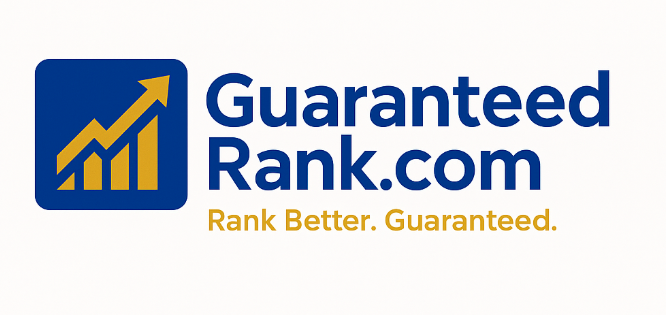In SEO case studies, several key performance indicators (KPIs) and metrics are used to measure the success and effectiveness of SEO efforts. These metrics help evaluate the impact of SEO strategies on website visibility, traffic, conversions, and overall business goals. Common metrics used in SEO case studies include:
1. Organic Traffic
- Definition: The number of visitors coming to your website through unpaid search engine results.
- Why it's important: An increase in organic traffic indicates that your SEO efforts are improving the visibility of your website in search engine results pages (SERPs).
2. Keyword Rankings
- Definition: The position of targeted keywords in search engine results.
- Why it's important: Tracking the rankings of important keywords helps assess the impact of your SEO strategy on search visibility. Improved rankings usually lead to more organic traffic.
3. Click-Through Rate (CTR)
- Definition: The percentage of users who click on your website’s link after seeing it in search engine results.
- Why it's important: A higher CTR indicates that your title tags and meta descriptions are compelling and relevant to users’ search queries.
4. Conversion Rate
- Definition: The percentage of website visitors who take a desired action (e.g., filling out a form, making a purchase).
- Why it's important: SEO is not just about driving traffic but also about converting visitors into customers or leads. Tracking conversion rates helps measure the ROI of SEO efforts.
5. Bounce Rate
- Definition: The percentage of visitors who leave your website after viewing only one page.
- Why it's important: A high bounce rate may indicate that visitors aren't finding what they expect, which could signal a need for better content relevance or website optimization.
6. Page Load Speed
- Definition: The time it takes for your website pages to load.
- Why it's important: Search engines like Google prioritize fast-loading websites in rankings. Slow loading times can negatively affect both SEO and user experience.
7. Backlinks (Link Building)
- Definition: The number and quality of external websites linking to your site.
- Why it's important: Backlinks are one of the most important ranking factors in SEO. A higher number of high-quality backlinks can improve your site’s authority and ranking potential.
8. Domain Authority (DA) / Page Authority (PA)
- Definition: Metrics created by Moz that indicate the strength of a domain or a page in terms of search engine ranking potential.
- Why it's important: Higher domain authority generally correlates with higher rankings in search engine results. It’s a measure of a site’s overall SEO strength.
9. Pages per Session
- Definition: The average number of pages a visitor views during a single session on your site.
- Why it's important: A higher number of pages per session suggests that users are engaging with the content and exploring more of the website.
10. Organic Search Impressions
- Definition: The number of times your website appears in search engine results for a particular keyword or query.
- Why it's important: Impressions help measure the visibility of your site in the search engine results, even if users don’t click through.
11. Local SEO Metrics (if applicable)
- Definition: Metrics related to local search visibility, such as Google My Business insights, local keyword rankings, and local backlinks.
- Why it's important: For businesses with physical locations, local SEO metrics are critical for measuring the success of local search efforts and driving foot traffic.
12. Exit Rate
- Definition: The percentage of users who leave your site from a specific page.
- Why it's important: This metric helps identify pages that may need improvement in content or usability to retain visitors longer.
13. Return on Investment (ROI)
- Definition: The revenue generated from organic search traffic divided by the costs of SEO efforts.
- Why it's important: ROI is crucial to determine the financial effectiveness of SEO campaigns and to justify continued investment in SEO.
14. Social Signals (Indirect Impact)
- Definition: Social media engagement such as likes, shares, and comments.
- Why it's important: While social signals do not directly impact rankings, they can increase brand visibility, drive traffic, and indirectly support SEO efforts.
15. Crawl Errors
- Definition: Issues that prevent search engines from crawling or indexing pages on your website.
- Why it's important: Identifying and resolving crawl errors ensures that all pages are being indexed and can appear in search results.
By tracking and analyzing these metrics, SEO professionals can assess the effectiveness of their strategies, identify areas for improvement, and demonstrate the value of SEO investments in tangible terms.











0 Comments